Picture this scene. The Hotel Yucca, Raton, New Mexico, sometime in the 1930s. As the story goes…several immigrants had earned citizenship status and a celebratory banquet was being held in their honor. The Master of Ceremonies was posing questions to the audience, giving Raton’s newest citizens the opportunity to show off their recently acquired knowledge of American history. “Who is the president of the United States?” he asked. One gentleman, an immigrant from Italy, quickly spoke out, “Oh, this I know, it’s Joe Di Leesh!” Although part of community lore, this humorous anecdote does illustrate how Ratonians of all walks of life regarded Joseph Di Lisio, Sr., top level bank official and businessman, – he was important and impressive, someone who was held in high esteem. His personal ethos of honesty, integrity, and desire to help others, coupled with his outstanding entrepreneural skills, accorded him the respect and admiration of many. In his later years Joe Di Lisio, Sr. was dubbed “Mr. Raton”, a fitting accolade for an iconic figure who consistently worked to advance the economic progress of his community.
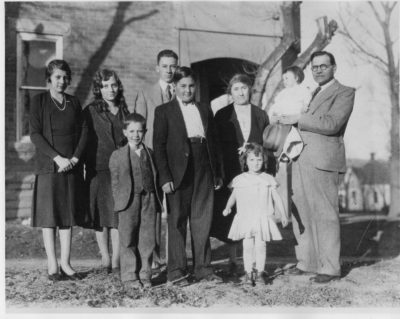
Joseph Di Lisio, Sr. immigrated to the United States from Pacentro, Italy in 1904, settling initially in Hartford, Connecticut, then later moving to El Moro, Colorado, and on to the New Mexico coal camps of Gardiner and Brilliant. He dabbled in several retail ventures along the way, including working in and owning a handful of mercantile stores and a saloon. He married his childhood sweetheart, Cristina Pone, in 1911, and they put down roots in Raton, raising a family of eight children, It was in Raton that Di Lisio, Sr. began making a name for himself in business and finance, eventually becoming widely known in banking circles throughout the state of New Mexico.
What were the accomplishments of the man called “Mr. Raton”?
- In 1911 he partnered with Modesto Rauzi to open the Raton Mercantile Company on South First Street. He bought out Rauzi’s share in 1914, and continued to operate a general merchandise store along with an “informal bank” of sorts.
- He chartered International State Bank in 1918, the same year that the cornerstone was laid for the eye-catching Neo-classical edifice that he was constructing on the corner of Cook and South Second Street. The bank and store were relocated to their new home in 1922, and a few years later the store’s name was changed to Di Lisio’s Department Store.
- He participated in the construction of the Hotel Swastika (later Hotel Yucca) and the Union Bus Depot.
- He founded the Raton Manufacturing Company with Lloyd Wilkins, Sr., Paul Arthur, and Louis Paveltich, M.D.
- Another partnership with Celistino Vincioni, was the setting up of Raton Wholesale Liquor, which included a branch store in Albuquerque.
- Ever vigilant about stimulating Raton’s economy, he donated ten acres of land for the building of ARF Products, Inc., an electronic manufacturing plant.
- He was also a charter member of the Raton Kiwanis Club, a lifelong member of the Raton Chamber of Commerce and the Knights of Columbus, and a member of St. Patrick Catholic Church where he served on the parish council.
- He was bilingual, often acting as a translator for Italian immigrants, and he was a professional musician – a clarinetist – who was a member of the city band for many years.
Probably his greatest accomplishment, however, was quietly and unobtrusively presenting himself as an outstanding role model for his children and grandchildren as they were growing up, and providing them with the opportunity to learn valuable life skills working in his businesses.
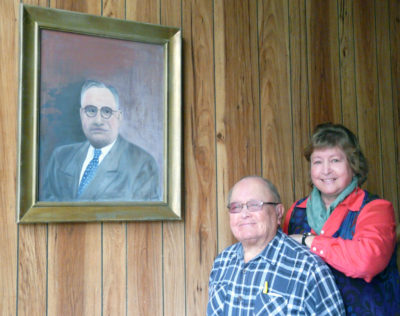
Siblings Tom Di Lisio and Jean Di Lisio Wharton, offspring of Joseph, Jr. and Ruth Di Lisio, share some insights about their Grandpa Joe.
Tom describes his grandfather as “very knowledgeable about different things”, someone who was willing to share his acquired wisdom with the younger generation, especially about how to treat people. Jean adds, “He was also very friendly and humorous. He always had a story to tell. He always made people laugh.”
Di Lisio, Sr. got his start in the banking business in an unusual way, which was one of the most interesting
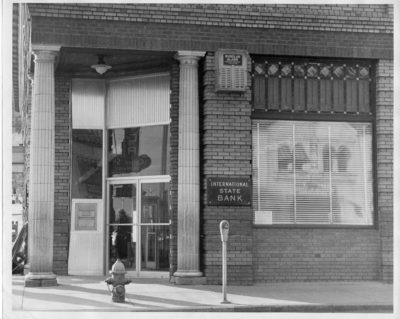
things about him according to Tom. During the reign of “King Coal” Di Lisio, Sr. easily gained the trust of miners of all nationalities who were regular customers in his mercantile store. They brought him their hard earned money for safe keeping, maybe a dollar, or five or ten dollars. The money was organized in a simple way: each miner’s name was written on a sales slip, along with the amount, and both money and slip were stored in a cigar box. The cigar boxes were secured in a locked room. Eventually the responsibility became overwhelming, and acting on a suggestion from his accountant, E.F. Triplett, he applied for a bank charter. International State Bank was officially chartered on April 9, 1918, becoming the genesis of the present-day 101-year-old International Bank.
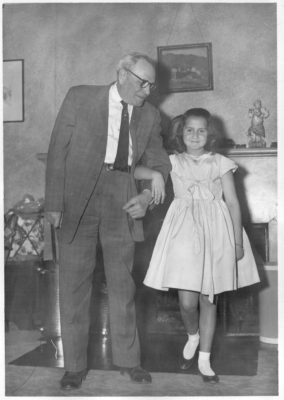
Treating other people with respect and kindness came naturally to Di Lisio, Sr. Tom remembers him advising his grand-kids to “be nice to people and to be honest with people”. Jean mentions, “I think he was so formidable in that he knew everybody. He knew everybody’s name, acknowledging them by their first and last name. When they came into the bank, he’d always talk and visit with them. He always had time for his grandchildren and his sons and daughters.”
Di Lisio, Sr. had a knack for organizing and operating business enterprises. “He had a very keen sense of entrepreneurship. He could help other people start businesses that were related to developing the economy,” Jean points out.”
Both Tom and Jean learned the ins and outs of running a business from an early age while working at the department store. Tom started at the tender age of eight, marking prices on shirts and pants. As a youngster Jean was tasked with folding and pricing towels. The brother and sister duo also kept shelves and clothes racks stocked and shoveled snow in the wintertime, all for 25 cents an hour! As teenagers they were trained to be clerks in the store. Additionally, Tom worked in the proof department at the bank during his high school years.
Jean recalls that Christmas was a blessed time with her grandparents, Joe and Cristina. The Christmas holiday was usually celebrated with all of the aunts, uncles and cousins at the home of Charles and Harriet DiLisio, “The thing about Christmas,” she recalls, “was that Grandpa Joe, Sr. always had an envelope for every uncle and aunt and cousin and there was a usually a crisp one hundred dollar bill in it.” “Also, he would have shares (in the bank) for his grandchildren and his children,” notes Tom. “He was always thinking about the future for everyone. He had good planning and retirement, and especially for all of his employees too. He had a propensity for keeping things going,” states Jean.
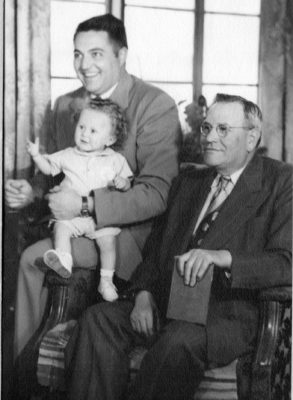
How does it feel to be a descendant of a Raton icon? Tom accepts the legacy of his famous relative calmly and with pride, “I respected my grandfather. When people told me that Grandpa was supposedly the icon of Raton, it felt good, that’s all.” Jean sometimes found it challenging to measure up to a grandfather who seemed larger than life. “He had really pioneered this area and it was a heavy responsibility to walk in his shoes , to try to be as good as him and be as creative as he was as he tried to carry out his entrepreneurial visions. It was a burden at times because you have to realize that maybe you’re not in that same bracket that he was. It was fun to be known but it also gives you a responsibility to live up to,” explains Jean.
The name Di Lisio continues to stand out in the hearts and minds of lifelong Ratonians. Many who shopped at Di Lisio’s Department Store recall KRTN’s radio ads promoting clothing that was “Exclusive but not Expensive”, while others proudly reminisce about owning a Di Lisio label – hat or clothes from the Jansen Line, or White Stag, or Ship n’ Shore, the Kiss Me Kate Fashions for girls and Red Wing shoes for men, to name a few.
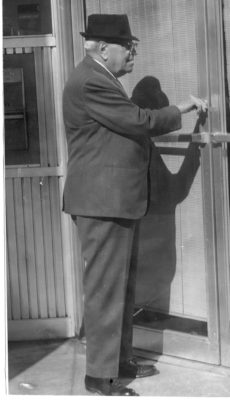
Di Lisio, Sr., historically one of Raton’s most influential citizens, had a direct, positive effect on those around him, and his reputation has perpetuated beyond the grave. Dozens of stories continue to pass along in the community about loans given on a hand shake or scholarships given to young people who wanted an education. Tom says, “He made Raton a community where people could purchase things, buy their homes; he gave them the opportunity to do this, and this is why Raton really developed.” Jean notes that her grandfather, and later her father, Joe, Jr. and Uncles Charles, Alfred, and Leonard, as well as Aunts Lena, Eleanor, Christine, and Elizabeth “seemed to have a handle on everybody’s family and if they needed help, they offered it while figuring out how to solve community concerns.”
Vintage Photos are courtesy of Joseph DiLisio Sr./ Joseph DiLisio Jr. Families

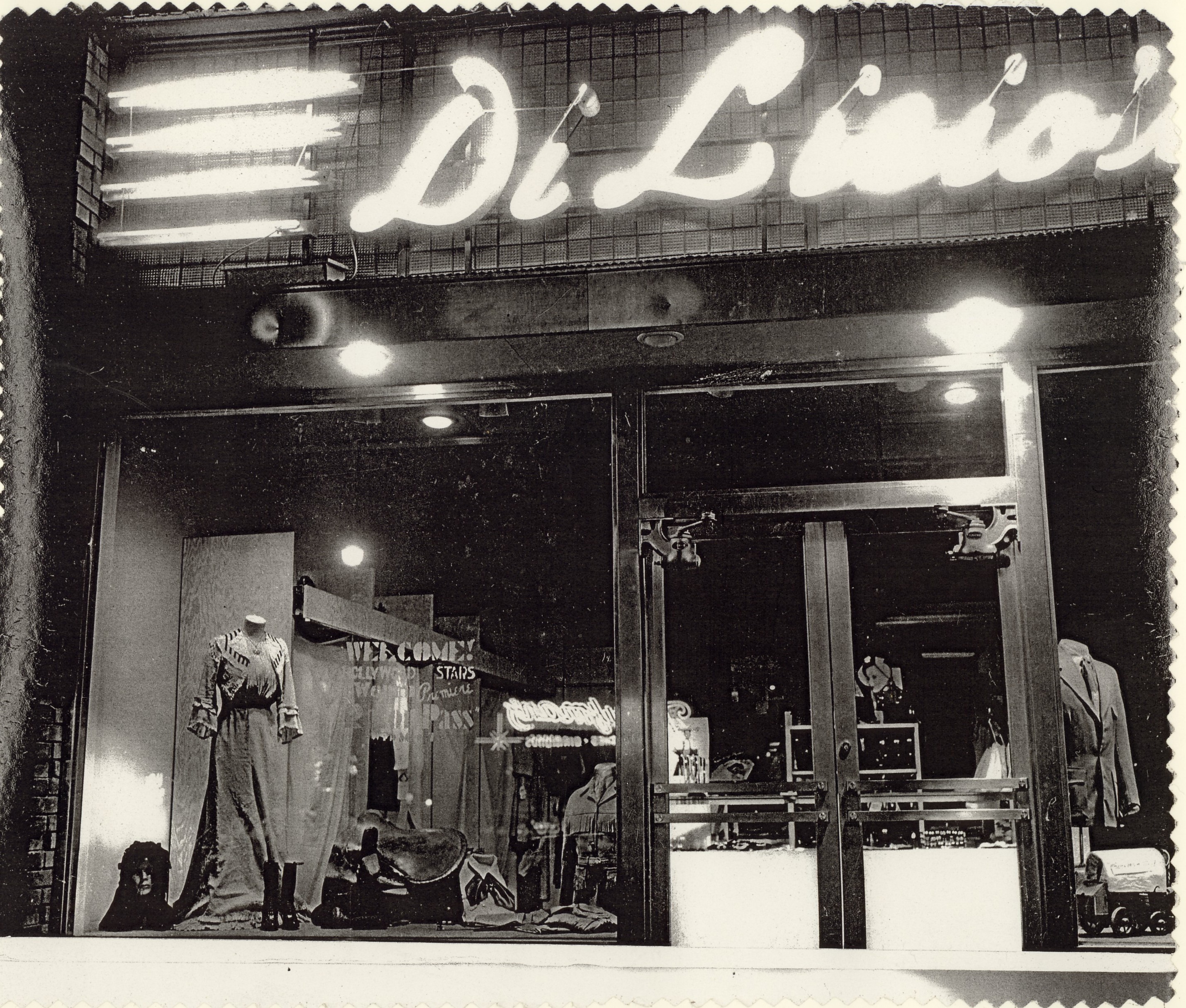

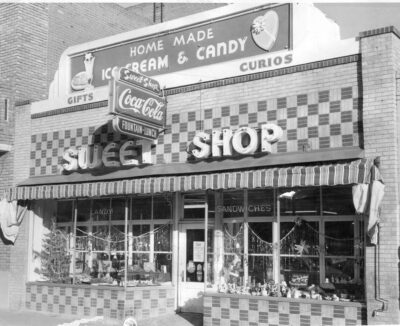
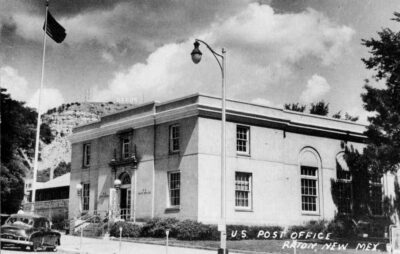
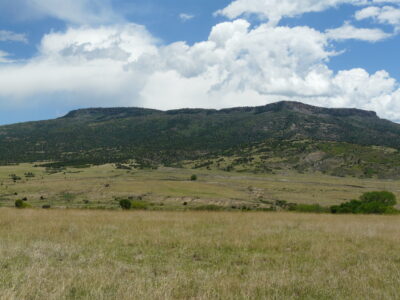
Fantastic story
Thanks 😊